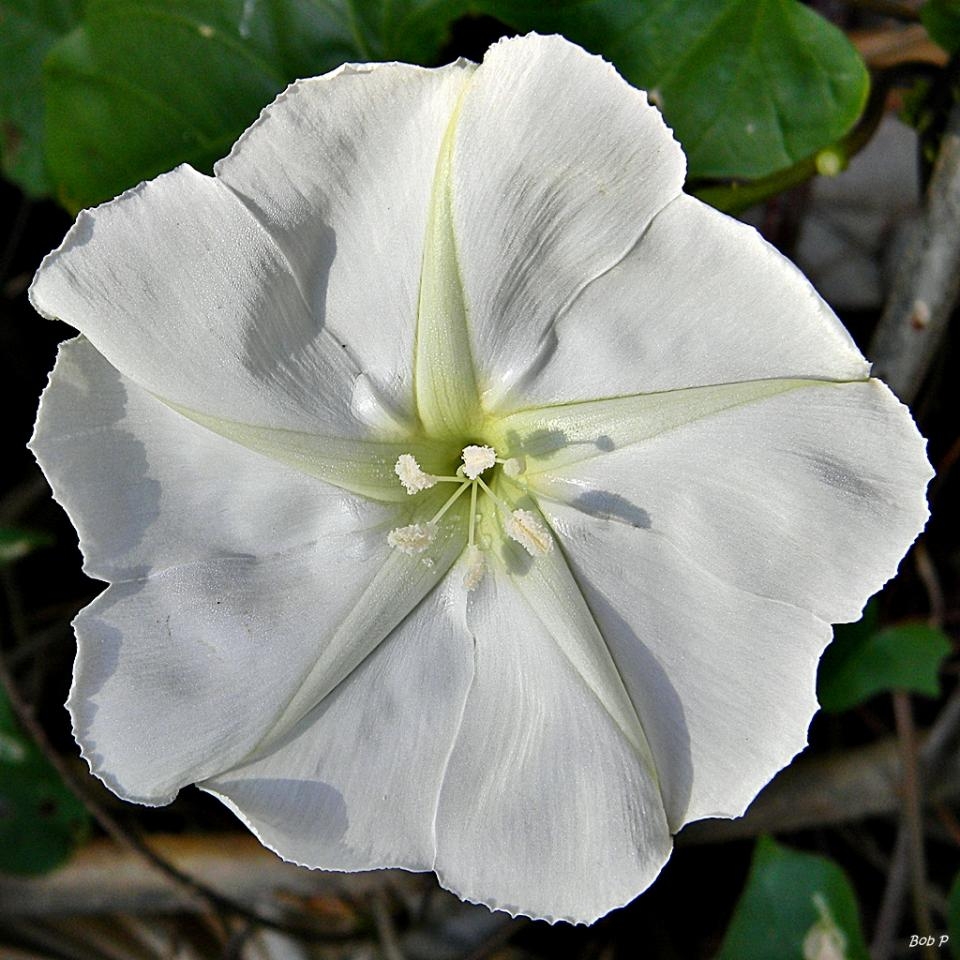Northern Blotting
Sometimes it's a bit hard to understand, but there is humor in science. In the 1970s, E.M. Southern developed a method for locating a particular sequence of DNA within a complex mixture. This technique came to be known as Southern blotting. In a tongue-in-cheek fashion, those who used a similar method for locating a sequence of RNA named it Northern blotting. It is also known as Northern hybridization, or RNA hybridization.
The procedure for and theory behind Northern blotting is almost identical to that of Southern blotting, except you are working with RNA instead of DNA. Please see the section on Southern blotting for more information.
View Citation
Bibliographic details:
- Article: Northern Blotting
- Author(s): Guruatma "Ji" Khalsa
- Publisher: Arizona State University School of Life Sciences Ask A Biologist
- Site name: ASU - Ask A Biologist
- Date published: April 12, 2010
- Date accessed: April 17, 2024
- Link: https://askabiologist.asu.edu/northern-blotting
APA Style
Guruatma "Ji" Khalsa. (2010, April 12). Northern Blotting. ASU - Ask A Biologist. Retrieved April 17, 2024 from https://askabiologist.asu.edu/northern-blotting
Chicago Manual of Style
Guruatma "Ji" Khalsa. "Northern Blotting". ASU - Ask A Biologist. 12 April, 2010. https://askabiologist.asu.edu/northern-blotting
Guruatma "Ji" Khalsa. "Northern Blotting". ASU - Ask A Biologist. 12 Apr 2010. ASU - Ask A Biologist, Web. 17 Apr 2024. https://askabiologist.asu.edu/northern-blotting
MLA 2017 Style
Be Part of
Ask A Biologist
By volunteering, or simply sending us feedback on the site. Scientists, teachers, writers, illustrators, and translators are all important to the program. If you are interested in helping with the website we have a Volunteers page to get the process started.








